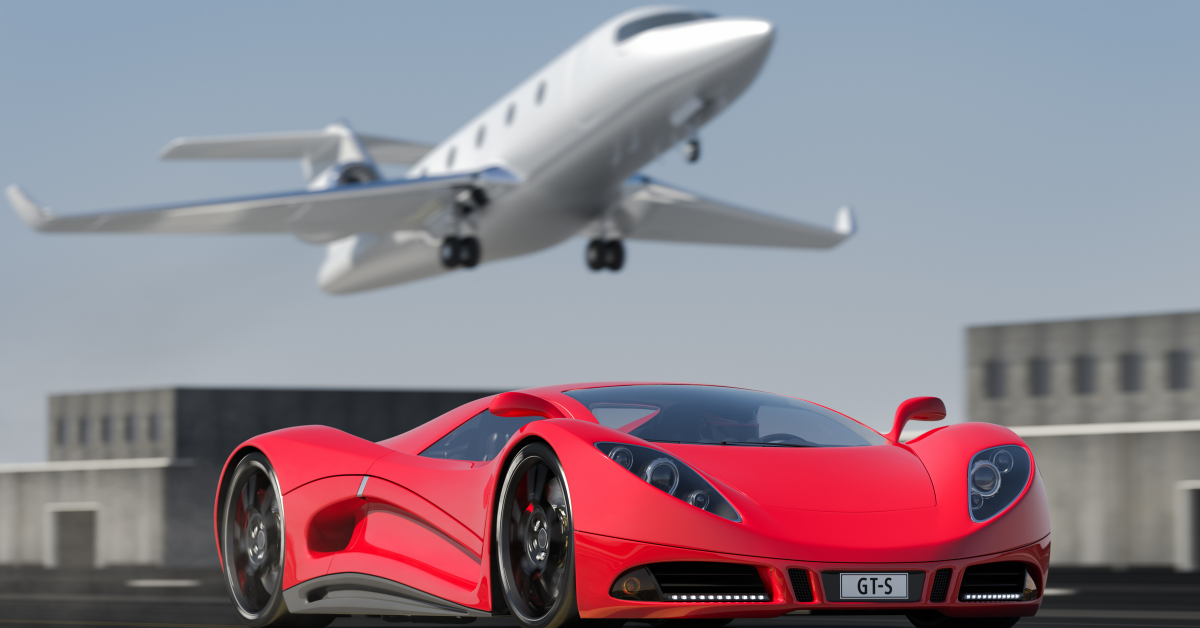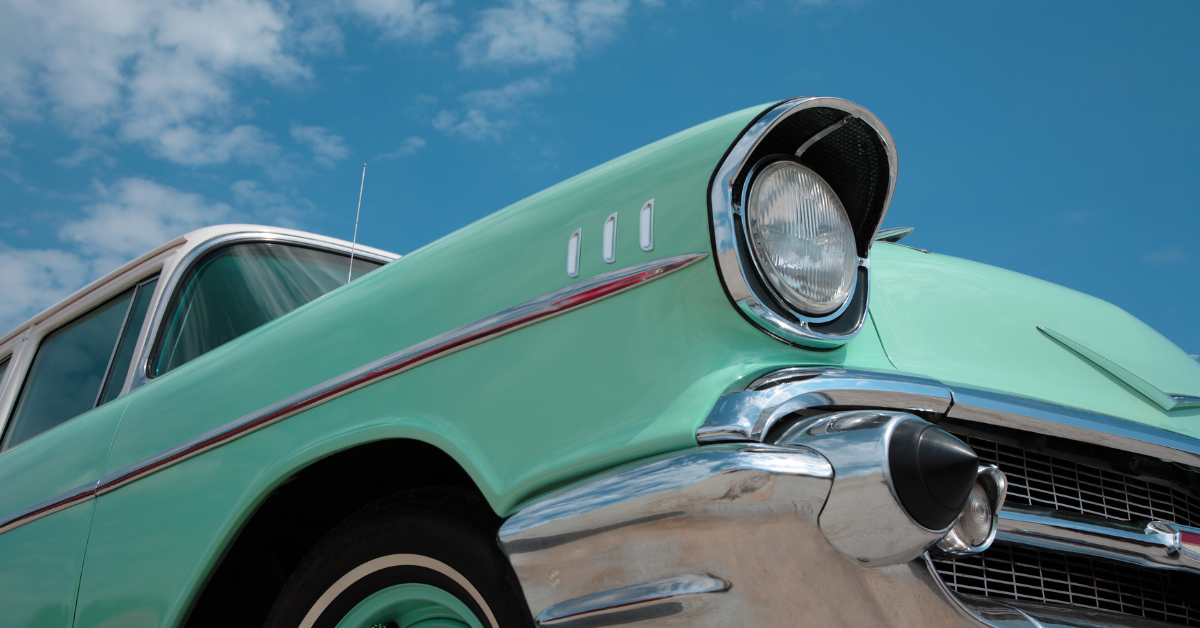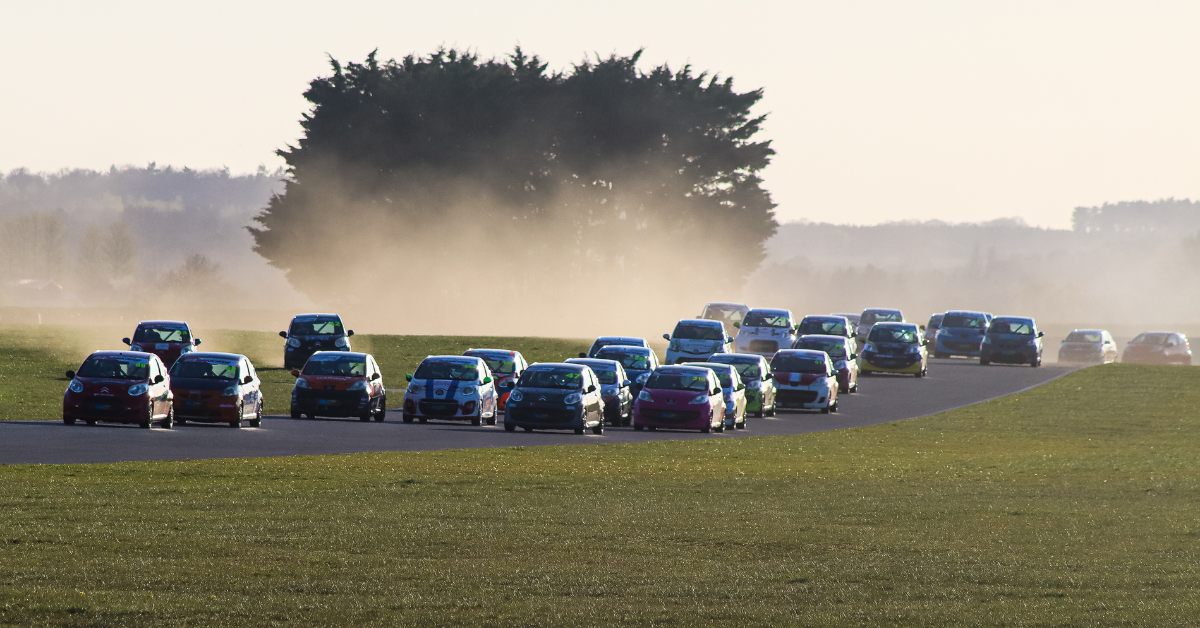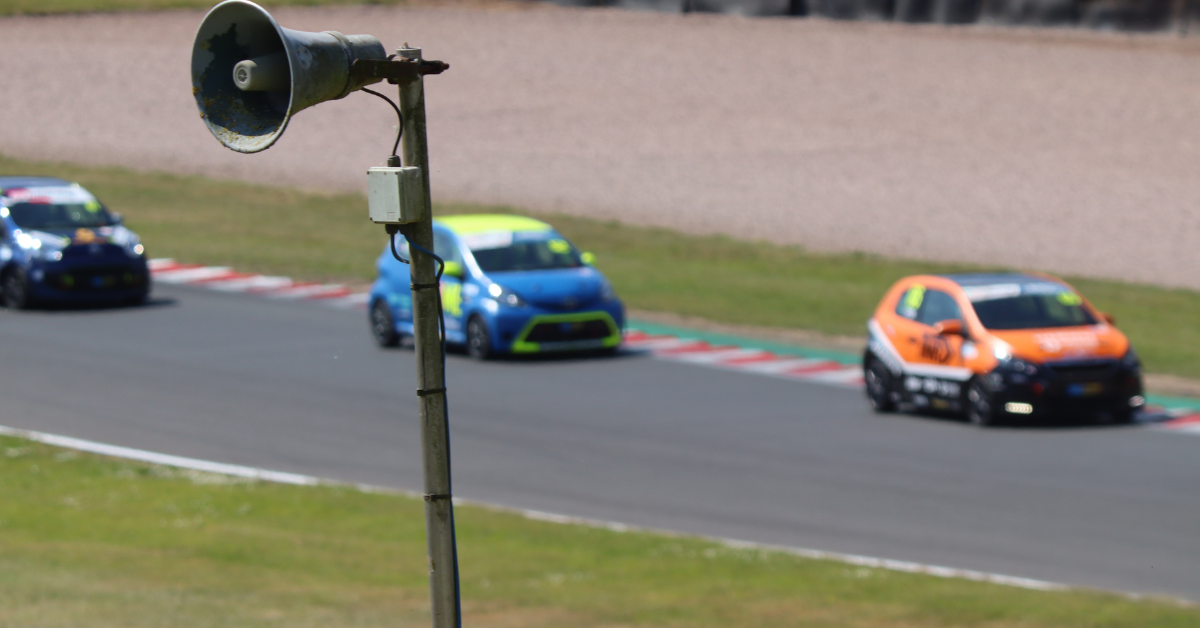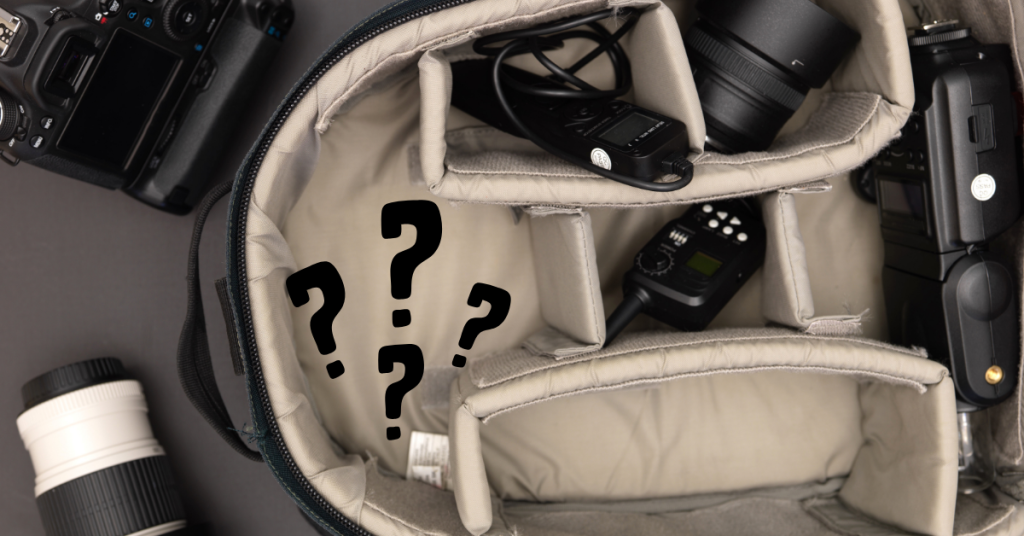
As a young female motorsport photographer, I’ve spent most of my career trackside with a trusty DSLR in hand. From the roar of engines at Oulton Park to the late summer light at Castle Combe, my DSLR has captured the action beautifully. My first DSLR was even secondhand, as it is for many photographers when they first start off. But like many in the field, I’ve been watching the mirrorless evolution unfold with increasing curiosity. And now, as I make the leap to a Canon mirrorless system, I want to share what I’ve learned for anyone else exploring the best camera for motorsport photography and looking at the thought process of DSLR vs Mirrorless!
Let’s dive into the DSLR vs mirrorless debate, with a focus on automotive and motorsport photography, but I promise to touch on portrait and general usage too.
What’s the Difference Between DSLR vs Mirrorless Cameras?
DSLR (Digital Single Lens Reflex) cameras use a mirror to reflect the image into an optical viewfinder. When you press the shutter, the mirror flips up, and light hits the sensor to capture the photo.
Mirrorless cameras remove that mirror entirely. Light hits the sensor directly, and you preview your image via an electronic viewfinder (EVF) or screen.
Both systems, photographer influence allowing, have the ability to produce stunning images, but the way they operate have key differences that matter on the track. Most key camera producers are also moving production over to mirrorless ranges as well now, so a time will come when you will only be able to pick up a DLSR secondhand.
Advantages of DSLR Cameras
1. Optical Viewfinder (OVF)
When shooting motorsport, especially under bright light or with fast-moving subjects, an optical viewfinder gives you a real-time, lag-free view. There’s no EVF blackout or refresh delay to potentially contend with.
2. Long Battery Life
DSLRs don’t need to power an EVF, so they often last longer between charges, which can be a real benefit on a 12-hour race day. However, let’s be honest, look in any photographer’s camera bag and you should find plenty of spare batteries.
3. Durability & Ergonomics
Many DSLRs are rugged, weather-sealed, and designed for professional use. They also tend to have a comfortable, chunky grip which is helpful when panning for that perfect cornering shot.
Disadvantages of DSLR Cameras
1. Heavier & Bulkier
Motorsport photographers often carry multiple bodies and lenses. DSLRs are heavier, which adds up over a weekend.
2. Outdated Autofocus in Live View
For video or shooting via the screen, DSLR autofocus can lag behind. You’ll often find slower, less accurate focus compared to mirrorless rivals.
3. Slower Innovation
Most brands (including Canon and Nikon) are now putting their R&D into mirrorless systems. That means fewer new DSLR bodies and lenses are coming and will even stop eventually.
Advantages of Mirrorless Cameras
1. Faster, Smarter Autofocus
Canon’s R series, Sony’s Alpha line, and Nikon’s Z range all offer face, eye, and subject tracking autofocus. For motorsport, this is a game-changer. You can track cars through corners or down straights with more precision and fewer missed frames.
2. Silent Shooting
Perfect for candid driver portraits or pitlane shots where a loud shutter would distract or annoy.
3. Smaller, Lighter Bodies
Mirrorless cameras are typically more compact, which makes a huge difference when carrying gear all day. It also helps younger or smaller-framed photographers., although at nearly six foot tall this isnt personally a challenge for me.
4. Real-Time Exposure Preview
You see your final image before you shoot. Great for low-light garage shots or changeable conditions at outdoor events.
Disadvantages of Mirrorless Cameras
1. Battery Life
Even with improvements, mirrorless cameras still burn through batteries faster. We always carry at least six charged spares for a track weekend!
2. EVF Lag & Blackout
Modern EVFs are excellent, but they’re still not quite as immediate as an optical viewfinder when tracking ultra-fast cars.
3. Initial Investment
Switching systems (as I’m doing now) can be expensive. While adapters help with the use of existing DSLR lenses, native mirrorless glass tends to perform better.
So, Which Is Best for Motorsport Photography?
The honest answer? It depends.
If you’re just starting out and picking up a DSLR kit second-hand, you can absolutely take professional-quality motorsport photos. In fact, many of my proudest shots were taken with my older Canon DSLR and a 70-200mm f/2.8 lens.
But if you’re serious about motorsport, the writing is on the wall: mirrorless is the future.
I’ve chosen to move to the Canon R series, which offers phenomenal autofocus, weather sealing, and compatibility with my older EF lenses via an adapter. I however have always been a Canon girl, and most photographers have their personal favourites, normally that they started with. If you’re a Nikon user, the Z6 II or Z9 are excellent options. Sony shooters have the highly capable A7 IV or A1, which many motorsport professionals now use.
Portrait & General Photography
While motorsport is my main focus, I also shoot driver portraits, car features, and event coverage. Mirrorless excels here too, especially with skin tone reproduction, focus on the eyes, and compact lenses that don’t intimidate your subject. For general photography, from street scenes to behind-the-scenes team photos, mirrorless is fast, fun, and incredibly capable.
The Road Ahead: DSLR vs Mirrorless
DSLRs still have their place, especially in the hands of experienced shooters. But for those looking to grow, evolve, or start fresh, mirrorless is where the innovation lives. Of course it could simply be time to replace a failing camera and that may make your decision process more simple.
As someone who’s been trackside in one form or another since I was a young child and still learning with every lap, I can honestly say this transition feels like the next chapter. It’s exciting, a bit daunting, but ultimately worth it.
If you’re looking to capture the thrill of motorsport, whether as a fan, a driver, or a fellow photographer, the right gear makes a difference. But experience, timing, and passion matter more. And that’s something I bring in bucket loads to every shoot at iJAG Photography.
Want to see the results for yourself?
👉 View our latest motorsport galleries here
👉 Follow us on Instagram @iJAGPhotographyServices for behind-the-scenes stories
Got a race coming up?
Whether you’re a team, principal, team owner, driver, or event organiser, let’s work together to capture your best moments. Contact us today
